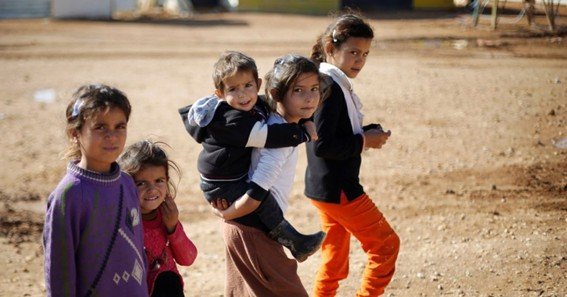The question of why does Mahommand family have to flee in refugee circumstances touches on the broader challenges faced by displaced families worldwide. Although specific details about the Mahommand family may not be widely documented in real‑time news, their situation reflects common issues driving families to leave their homes. Political instability, violent conflict, targeted persecution, and economic collapse are among the critical factors that force families into refugee status.
Understanding the Context Behind Forced Migration
In many regions around the world, families are compelled to abandon their homes due to multiple overlapping crises. While each refugee story is unique, several recurring themes explain why families like the Mahommand family may have no choice but to flee:
- Armed Conflict and Violence:
Ongoing warfare or localized violence can destroy communities and create unsafe environments, leaving families with no option but to seek refuge elsewhere. - Political and Ethnic Persecution:
In areas where certain groups face systemic discrimination or targeted attacks by authorities or extremist factions, families may be forced to leave to protect their lives and dignity. - Economic Hardship and Instability:
Severe economic decline or lack of essential services often compounds the effects of conflict, making survival in one’s home country unsustainable. - Environmental and Social Disasters:
Although less common, natural disasters or man-made crises can also contribute to forced migration, further destabilizing already vulnerable populations.
Broader Implications for Refugee Policy
The struggles of refugee families, including the hypothetical or illustrative Mahommand family, underscore the importance of robust international support and effective resettlement policies. Humanitarian organizations and governments worldwide are continually challenged to balance emergency assistance with long-term solutions, such as political resolution and economic recovery, to help displaced populations rebuild their lives.
FAQs
1. What are the primary reasons families are forced to become refugees?
Many families flee due to armed conflict, political or ethnic persecution, severe economic instability, and sometimes environmental disasters that render their homes unsafe.
2. How do conditions in conflict zones lead to refugee crises?
Persistent violence and instability can destroy infrastructure, disrupt social services, and create an environment where normal life is no longer possible, compelling families to seek safety elsewhere.
3. What role does economic instability play in forced migration?
Economic collapse can lead to widespread poverty and unemployment, undermining a community’s ability to support itself and forcing families to leave in search of better opportunities.
4. How can international organizations help families like the Mahommand family?
Organizations can provide emergency aid, shelter, and medical assistance, as well as support resettlement programs and work toward long-term political and economic solutions to address the root causes of displacement.
5. What steps can governments take to mitigate refugee crises?
Governments can engage in conflict resolution, improve governance to protect minority groups, support economic development, and cooperate internationally to ensure the rights and safety of displaced populations.










